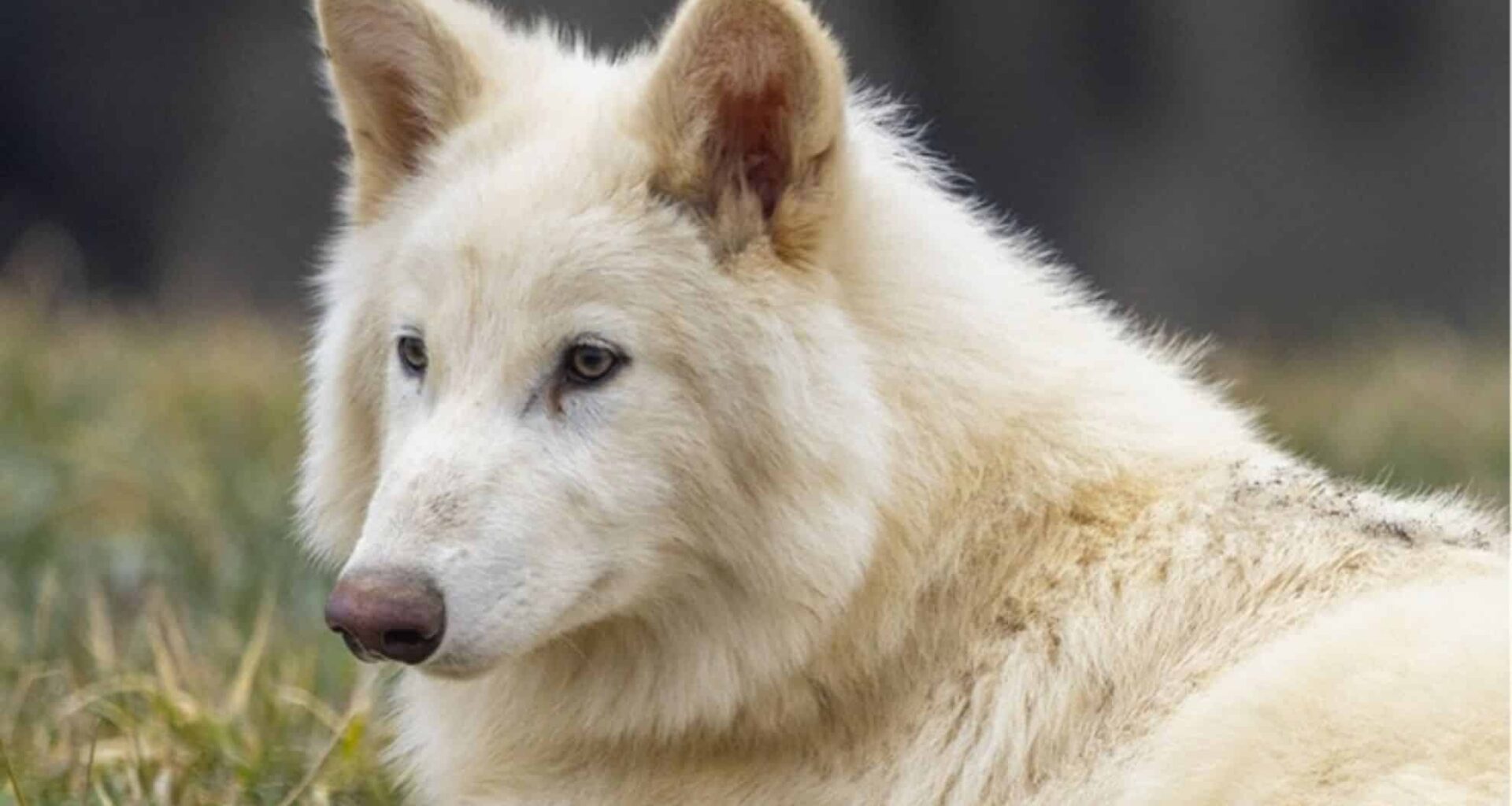The genetically modified “dire wolves” created by Colossal Biosciences have hit a major milestone: they’re now six months old, and their growth is nothing short of remarkable. These animals, Romulus, Remus, and Khaleesi, are part of a groundbreaking project aimed at resurrecting features of an ancient species that roamed Earth thousands of years ago.
A Rapid Growth Surge
At just six months old, Romulus and Remus, the older siblings of the trio, now weigh over 40 kilograms (around 90 pounds), nearly 20% heavier than a typical gray wolf. These shaggy cubs are becoming the living embodiment of the extinct dire wolf, a species that disappeared from the planet about 10,000 to 12,000 years ago.
According to Matt James, Colossal’s Chief Animal Officer, the genetic changes introduced into the cubs are becoming clearly visible. “We can really tell that the dire wolf genes are kicking in,” he explains.
Khaleesi, the younger sister, is not far behind. Weighing in at around 15.9 kilograms (35 pounds), she is smaller than her older brothers, but still tracking about 10 to 15% larger than the average gray wolf. Her introduction into the pack is expected soon, once she reaches full maturity. The Colossal team is carefully monitoring her development as she continues to grow into her new role in the pack.
A Genetic Reimagination, Not a Clone
While these wolves have captured the world’s attention, they are not true clones of the dire wolf. Critics have pointed out that the term “de-extinction” may be misleading. To truly bring back an extinct species, scientists would need to clone it, something that’s not currently possible due to the poor preservation of ancient DNA. Nic Rawlence, an associate professor of paleogenetics at the University of Otago, clarified this point, saying, “To truly de-extinct something, you would have to clone it. The problem is we can’t clone extinct animals because the DNA is not well enough preserved.”
Instead, these so-called dire wolves are genetically modified gray wolves, created by introducing 20 changes across 14 genes to replicate the physical traits of their extinct ancestors. This genetic engineering aims to bring back the features of the dire wolf, without creating an exact replica.
‘Dire Wolves’ Spark Massive Controversy
Colossal’s ambitious project has not been without controversy. While some decry the project as misleading, others see it as part of a broader effort to tackle extinction. The company has also worked on cloning other endangered species, such as the red wolf, which is critically endangered with only a handful of individuals left in the wild. By cloning red wolf pups, Colossal is helping to increase the genetic diversity of the population, which is crucial for the survival of the species.
Colossal is also working on a project to save the northern white rhino, a species that is now functionally extinct, with only two females remaining. Using preserved genetic material from the last male northern white rhino, Colossal aims to produce embryos through genetic research and eventually use a southern white rhino as a surrogate to bring the species back from the brink.
Although the concept of de-extinction and genetic modification raises ethical concerns, the hope is that these technological advances will help not just to revive ancient species but also to protect those that remain at risk of extinction today. Critics may question the methods, but Colossal’s work represents a bold attempt to use cutting-edge science to safeguard the future of biodiversity.
